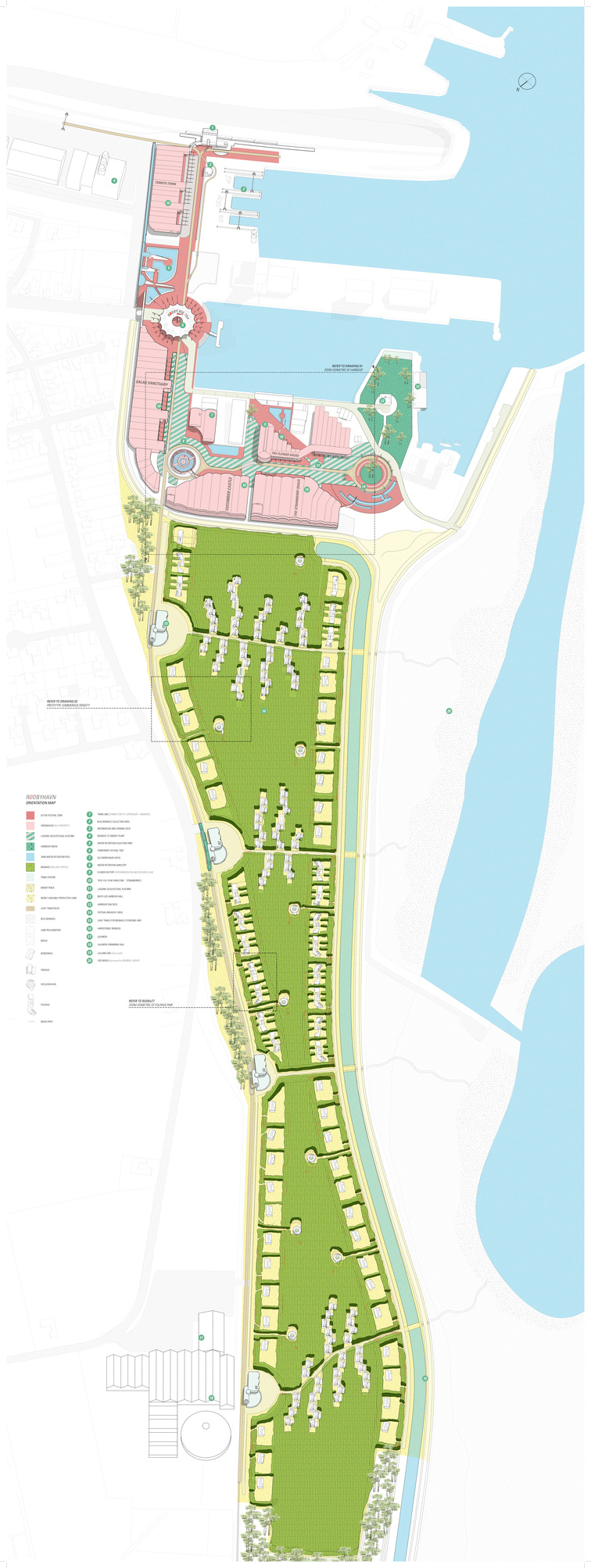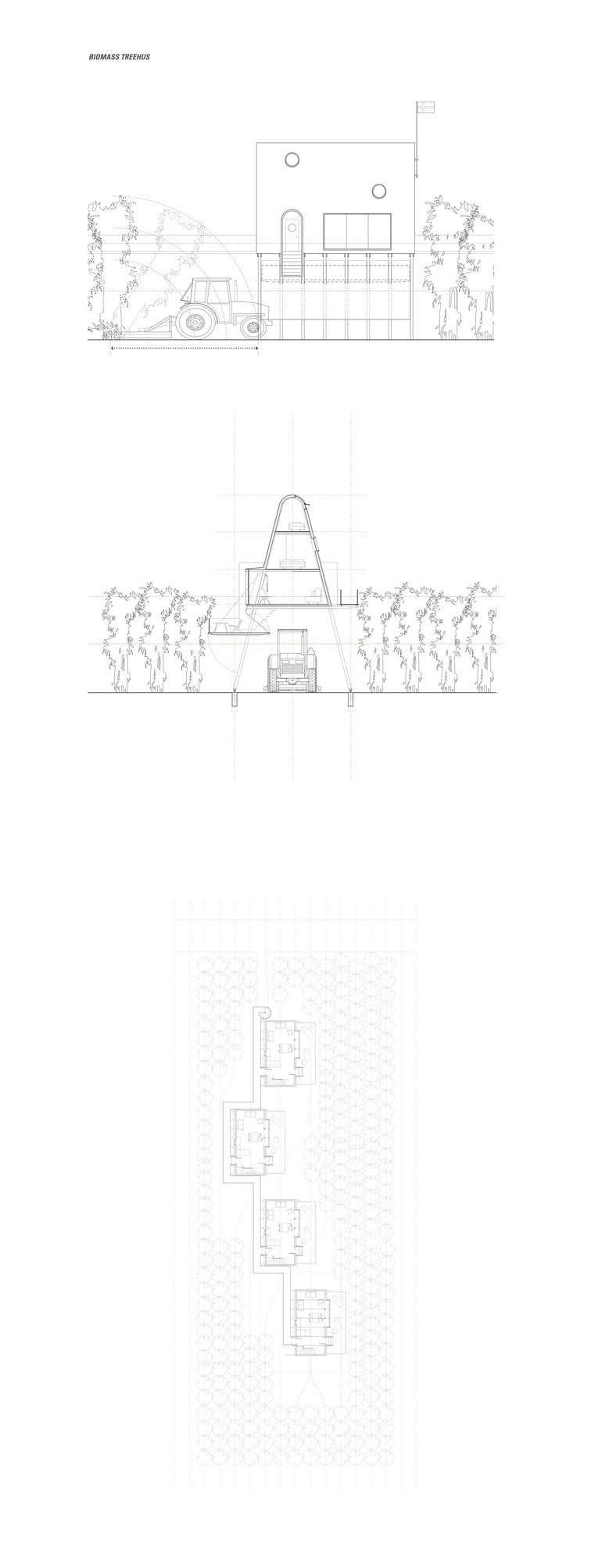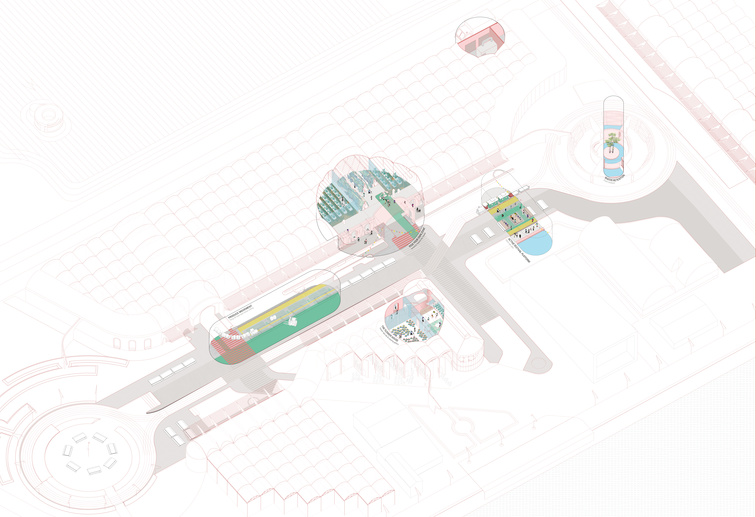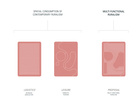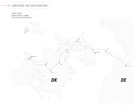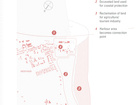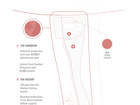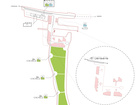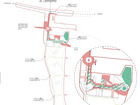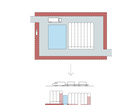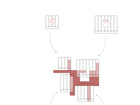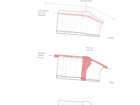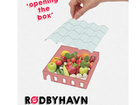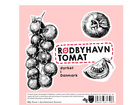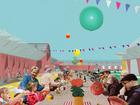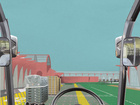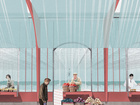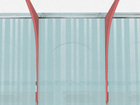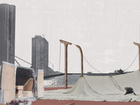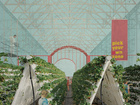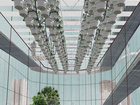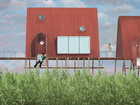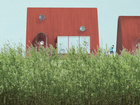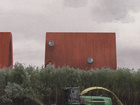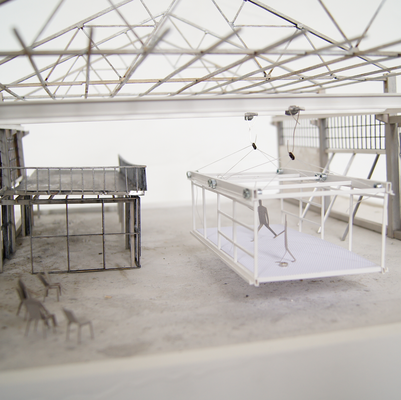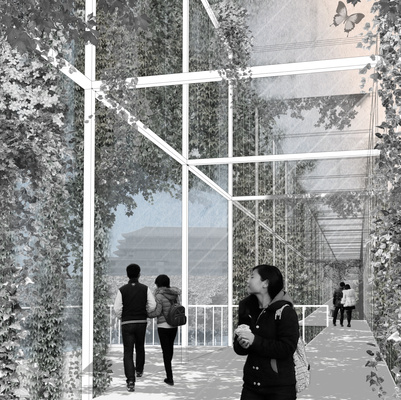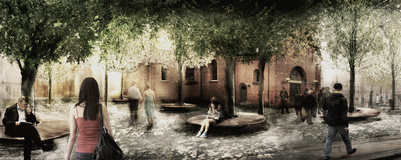BOXED LOGIC
The Fehmarn Belt Fixed Link, the contentious new connection between Copenhagen and Hamburg will pass through the rural town of Rødbyhavn [Lolland municipality, Southern Sjælland]. ‘“The tunnel will be good, it’s completely dead here” - says Kristiansen who lives in Rødbyhavn on the island of Lolland’ (The Murmur, March 2015). However with no official plans for even a new station stop at Rødbyhavn it will be little more than a fleeting glimpse out of the train window, let alone a destination.
The project therefore engages in a radical alternative for the town by proposing a strategic location for an intensive food production centre, temporary festival venue and holiday resort. A rising urban population is consolidating itself as a defining twenty first century trend, and in turn, is testing the notion of what we consider ‘rural’.
The thesis therefore uses the post-industrial rural town of Rødbyhavn to explore the extent to which the distinct commercial drivers of rural areas; agricultural production and leisure, can be reconciled. Twisting the preconceptions of both an industrial and a recreational landscape until they merge and overlap while exploiting their inherent architectural languages; repetition, efficiency, conformity / eccentric, fun, novelty. Furthermore these languages are inverted through architectural representation of drawings and hyper-graphics; industry becomes playful, leisure becomes efficient. In this context the industrial agricultural company of DLG Ltd. (Denmark’s largest agricultural co-operative) and Lalandia, Rødby (one of Denmark’s top 10 most visited resorts) are investigated as protagonists and championed as key influences on the future development of the site. The design proposal physically and speculatively bridges the gap between them through the manipulation of the ‘front-of-house/back-of-house’ boundary. This becomes the intrinsic tool in shaping the architecture and urbanism and allows the investigation of architecture as an agent of societal change.
